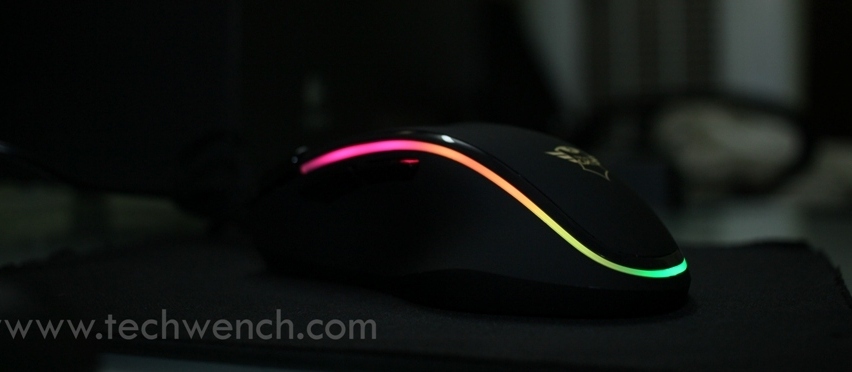Batteries are a wonderful power source, given their portability. However, the journey of the battery to reach its modern form has gone through a number of changes, advancements and improvements over time. The first battery was made in 1798, which consisted mainly of stacks of zinc, acid-moistened cardboard and copper. Then it went through so many changes that, after 2000, it became one of the most efficient ways of supplying power to electric devices.
Today, the Lithium Ion Battery Pack is one of the most commonly used battery types. A notable advantage of these batteries lies in their energy density. A useful property of Li-on batteries is that these lose charge very slowly, when not in use. These batteries are not only widely used in daily life electric appliances or devices, but are also very useful and popular for devices that are widely used by military, electric vehicles and aerospace devices and gadgets. Some of the most popular gadgets that use Li-on batteries include Laptops, Cell phones, PDAs and IPods.
Lithium Batteries are generally far lighter than many other types of rechargeable batteries. These are composed mainly of lithium and carbon. The high reactivity of Lithium (element) makes it capable of storing high levels of energy in these batteries. This gives Lithium Ion Batteries the property of having high energy density. The difference between energy density of Lithium Ion Batteries and other rechargeable batteries is literally huge and most noticeable in terms of statistics.
Another property of losing the charge slowly also makes a great difference. Usually, rechargeable batteries normally lose 20 percent of their charge a month, but Lithium Ion Battery proves to be far better by losing only 5 percent of the charge in one month. These batteries are also popular for having no memory effect. This means that a Lithium Ion Battery does not need to be completely discharged (emptied) before it can be recharged. The memory effect is a common problem amongst some other commonly used rechargeable batteries.
As Lithium Ion Batteries offer a number of advantages, they have some drawbacks too. The normal lifetime for a Lithium Battery is only two to three years, whether you use them or not. This is because the Lithium Ion batteries start degrading as soon as they are made ready for use. One more weakness in these batteries is that these depend on the temperature in which they are kept. These degrade more quickly when exposed to high temperatures. These also suffer from the defect that once they are completely discharged, they cannot be charged again. And finally, a problem that they are well known for, if they fail, they burst. And when they do so, they burst completely into flames!
In the final analysis, it could be said that whatever weakness these may have, Li-on batteries have revolutionised our world. It is because of these that our cell phones work; we communicate and feel freed from the wire-traps that once kept us glued to buildings. All our movements in the modern-day life are owed to these batteries, and we have to keep modifying these to ensure that distances do not keep us from moving ahead!
Denzel Zurich specialises in small-scale energy generation. He is currently researching on reworking the scientific composition of lithium ion battery pack.










Comments